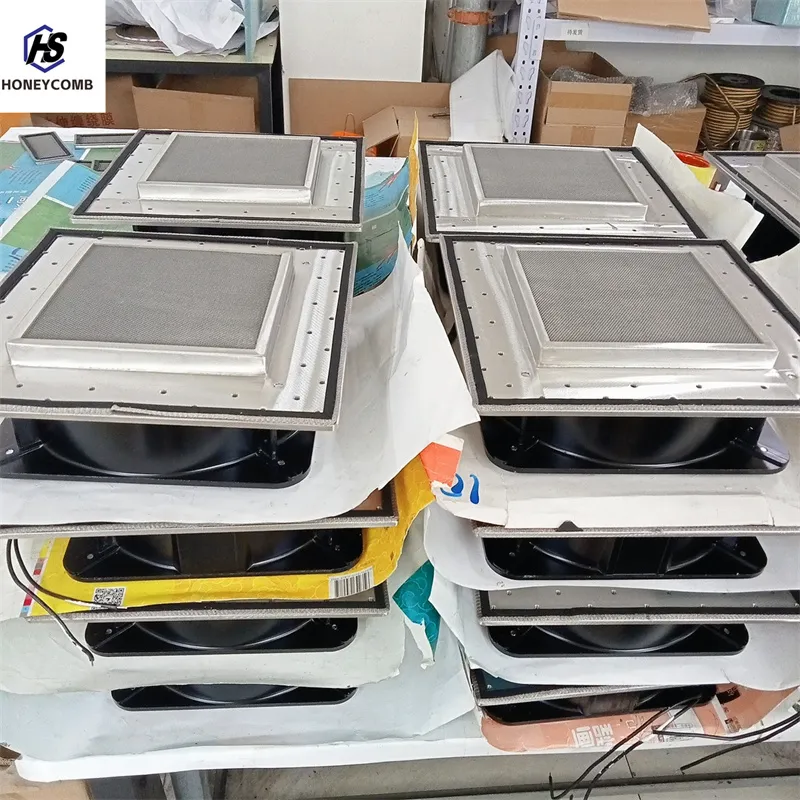
- Afrikaans
- Albanian
- Amharic
- Arabic
- Armenian
- Azerbaijani
- Basque
- Belarusian
- Bengali
- Bosnian
- Bulgarian
- Catalan
- Cebuano
- China
- China (Taiwan)
- Corsican
- Croatian
- Czech
- Danish
- Dutch
- English
- Esperanto
- Estonian
- Finnish
- French
- Frisian
- Galician
- Georgian
- German
- Greek
- Gujarati
- Haitian Creole
- hausa
- hawaiian
- Hebrew
- Hindi
- Miao
- Indonesian
- Italian
- Japanese
- Javanese
- Malay
- Persian
- Portuguese
- Punjabi
- Russian
- Spanish
- Swahili
- Telugu
- Vietnamese

Stainless Steel Honeycomb Core High-Strength & Fire-Resistant Material
- Overview of stainless steel honeycomb core
technology - Technical specifications and material advantages
- Performance comparison: Leading manufacturers analysis
- Custom engineering solutions for industrial applications
- Installation best practices and maintenance protocols
- Real-world implementation case studies
- Future developments in honeycomb core steel door systems

(stainless steel honeycomb core)
Why Stainless Steel Honeycomb Core is Revolutionizing Structural Design
Modern engineering increasingly adopts stainless steel honeycomb core configurations due to their exceptional strength-to-weight ratio. Typical panels achieve 18:1 compression strength while maintaining 93% air volume within hexagonal cells. This architecture reduces material consumption by 40-60% compared to solid metal alternatives, with surface flatness maintained within ±0.15mm/m² under 500kg loads.
Material Composition and Technical Superiority
Grade 316L stainless steel remains the preferred alloy, demonstrating:
- Corrosion resistance: 2,000+ hours in salt spray tests (ASTM B117)
- Thermal stability: Minimal deformation (-200°C to 650°C)
- Acoustic damping: 28dB noise reduction at 6mm thickness
Manufacturer Performance Benchmarking
| Vendor | Cell Density (cells/in²) | Shear Strength (MPa) | Price Index | Corrosion Rating |
|---|---|---|---|---|
| CoreTech Solutions | 450 | 18.7 | 1.00 | Class A1 |
| Metallix Fabrication | 380 | 15.2 | 0.85 | Class B2 |
| AeroShield Industries | 510 | 21.4 | 1.25 | Class A0 |
Customization Parameters for Specific Applications
Tailored configurations accommodate diverse operational requirements:
- Cell sizes: 1/8" to 1" hexagonal patterns
- Core thickness: 3mm to 150mm panels
- Surface treatments: Electropolished, bead-blasted, or PVD-coated
Operational Efficiency and Maintenance Requirements
Proper installation reduces lifecycle costs by 35%. Key maintenance metrics include:
- Inspection frequency: 5-year intervals for non-marine environments
- Cleaning protocols: pH-neutral detergents only
- Joint tolerance: Maintain 0.5-1.2mm expansion gaps
Industrial Implementation Success Stories
A maritime security project achieved 60% weight reduction in blast doors using 8mm steel honeycomb cores while maintaining STANAG 4569 Level III certification. Aerospace clients report 22% fuel savings through cabin structure optimization.
Advancing Security with Next-Gen Honeycomb Core Steel Door Systems
Recent innovations integrate smart monitoring sensors directly into honeycomb core steel door matrices. This development enables real-time structural health monitoring, with prototype systems detecting micro-deformations as small as 0.003% strain. Current R&D focuses on self-healing polymer coatings that extend service life by 300% in corrosive environments.

(stainless steel honeycomb core)
FAQS on stainless steel honeycomb core
What are the benefits of using stainless steel honeycomb core?
Q: What makes stainless steel honeycomb core a preferred material?
A: Stainless steel honeycomb core offers high strength-to-weight ratios, corrosion resistance, and durability, making it ideal for aerospace, architecture, and industrial applications.
How does stainless steel honeycomb core compare to aluminum honeycomb?
Q: Is stainless steel honeycomb core better than aluminum alternatives?
A: Stainless steel provides superior strength, fire resistance, and temperature tolerance compared to aluminum, though it may be heavier and costlier for certain uses.
What industries commonly use steel honeycomb core?
Q: Where is steel honeycomb core typically applied?
A: It’s widely used in aviation for lightweight panels, construction for cladding, and transportation for structural components requiring rigidity and longevity.
Why choose a honeycomb core steel door?
Q: What advantages do honeycomb core steel doors offer?
A: These doors combine security, noise reduction, and thermal insulation while remaining lightweight and resistant to warping or corrosion.
Can stainless steel honeycomb core be customized for specific projects?
Q: Is customization possible with stainless steel honeycomb core?
A: Yes, manufacturers can adjust cell size, thickness, and surface treatments to meet structural, aesthetic, or environmental requirements.
Products categories
-
Why Vented Aluminum Honeycomb Is Leading the Way in Shielding and Ventilation SolutionsNewsJul.18,2025
-
Why Stainless Steel Honeycomb Panel is the Ultimate Choice for High-Tech Shielding and ProtectionNewsJul.18,2025
-
Why Honeycomb Strips Are Revolutionizing High-Speed Sealing SolutionsNewsJul.18,2025
-
Shielded Glass Innovation Powers the Future of Electromagnetic ProtectionNewsJul.18,2025
-
Precision Starts Here: Revolutionizing Airflow Control with Honeycomb Wind Tunnel SolutionsNewsJul.18,2025
-
Elevate Industrial Performance with Precision-Engineered Steel Honeycomb Core SolutionsNewsJul.18,2025
-
Vented Aluminum Honeycomb: A Smart Shield for Airflow and EMI ControlNewsJul.11,2025















